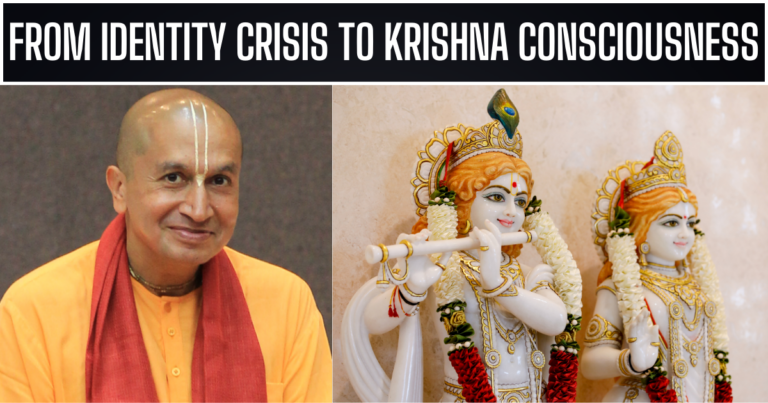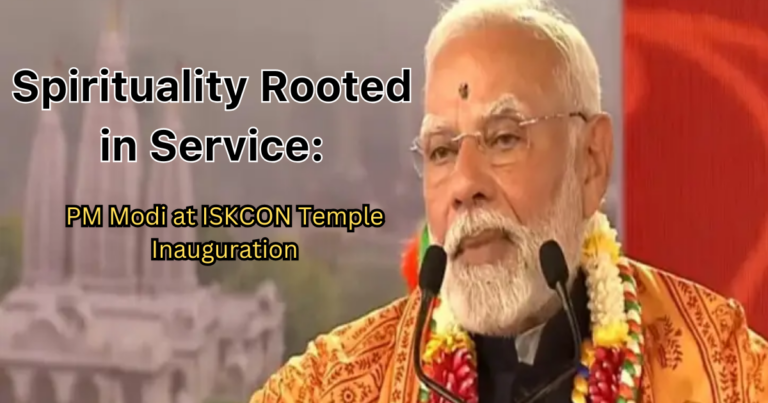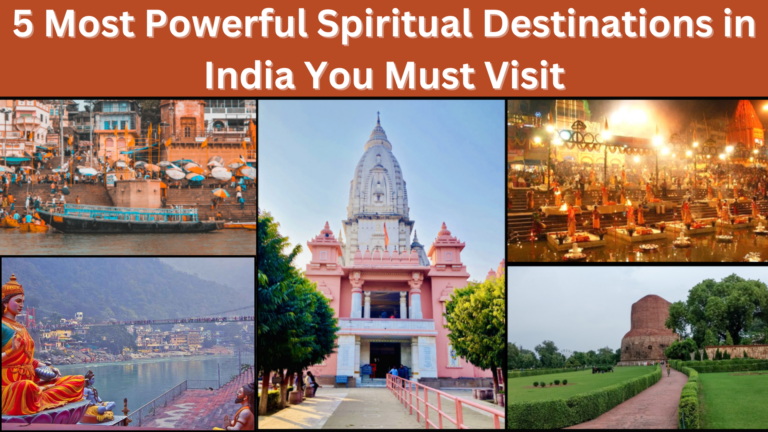5 Most Powerful Spiritual Destinations in India You Must Visit
If you want to know and gain experience of the 5 Most Powerful Spiritual Destinations in India You Must Visit, then you must read this post. 5 Most Powerful Spiritual …

Spiritual Readers Showcase Their Talents at the Fifth Mystical Haven Wellness Fair
We suggest reading this post if you are interested in knowing more about how Spiritual Readers Showcase Their Talents at the Fifth Mystical Haven Wellness Fair. Spiritual Readers Showcase Their …

From Identity Crisis to Krishna Consciousness: ISKCON’s Gauranga Das Shares His Journey
From Identity Crisis to Krishna Consciousness: ISKCON’s Gauranga Das Shares His Journey. ISKCON leader Gauranga Das explained how the Bhagavad Gita addressed identity crisis and mental health, offering a path …

Gautam Adani Offers Seva at ISKCON Camp During Maha Kumbh Mela
Gautam Adani Offers Seva at ISKCON Camp During Maha Kumbh Mela: Prayagraj (Uttar Pradesh) India, January 21 (ANI): Adani Group Chairman Gautam Adani joined hands with the International Society for …

Spirituality Rooted in Service: PM Modi at ISKCON Temple Inauguration
Spirituality Rooted in Service: PM Modi at ISKCON Temple Inauguration: Modi said the spirit of service propagated by the ISKCON movement inspires the youth and helps them a sensitive society. …

Indian Ambassador Visits Hare Krishna Temple in Luque, Paraguay
Indian Ambassador Visits Hare Krishna Temple in Luque, Paraguay: The Ambassador of India to Paraguay, Yougesar Sangwan is received at the temple of ISKCON Luque. On December 30th, the Hare …

